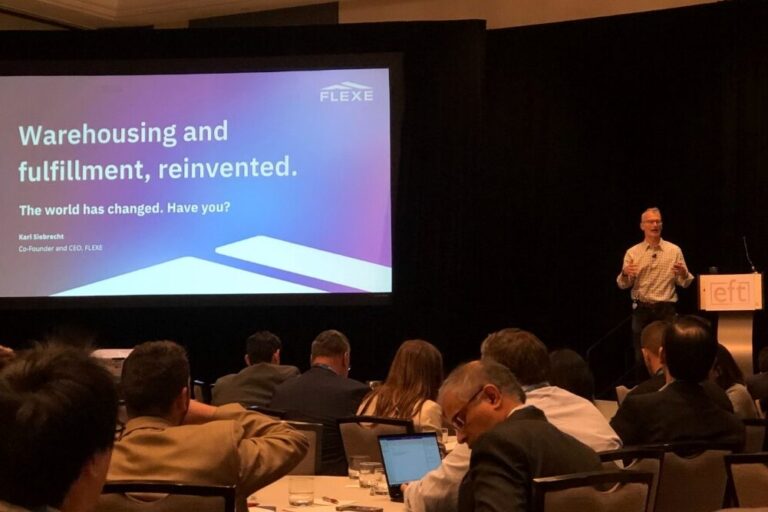Prologis: The Only Empire to Weather and Rise in 2020 Downturn
Prologis operates as a real estate investment trust which owns, runs, and develops industrial real estate properties focused on global markets across the Americas, Europe, and Asia. The company leases modern distribution facilities to manufacturers, retailers, transportation companies, third-party logistics providers, and other enterprises. It operates through two business segments: Real Estate Operations and Private Capital. It develops and re-develops industrial properties primarily in global and regional markets to meet their customers’ needs. The Private Capital segment co-invests in properties with private capital investors through a variety of co-investment ventures. The company was founded in 1983 and is headquartered in San Francisco, CA.
How Do They Do It? From $50 Grand into Billion Dollars Empire
Originally founded in 1983 as AMB Corporation, focusing on investment in office, industrial and community shopping centers.
Changing its name into Security Capital Industrial Trust (SCI) around 1991 then into Prologis Trust in March 1998. Prologis then owned more than 1,100 facilities in a dozen countries. It had about 4,000 employees around the world and 100 at its Aurora, Colorado headquarters. Prologis entered the U.K market in August 1998 with the purchase of Kingspark Holding S.A. for $157 million. According to the Financial Times, Prologis planned to offer shorter-term leases (5 to 10 years) than were standard in the United Kingdom (15 to 25 years), aimed at third-party logistics providers such as NFC, which controlled a third of the United Kingdom’s distribution market.
The great expansion continued in Europe. In December 1998, Prologis agreed to pay $317 million for Garonor S.A, which owned five million square feet of warehouse space in France. Its holdings in Paris and Marseille would be the basis for Prologis’s presence in central Europe. More than 600,000 square feet of warehouse space in The Netherlands, making it the country’s largest developer.
Around the 2000s, e-commerce becomes another key area of expansion. On its target list, there are a hundred e-commerce firms and related businesses. And so far, the supplies chain company has over $70 billion in market cap and serves customers including Amazon, UPS, USPS, FedEx, and PepsiCo.
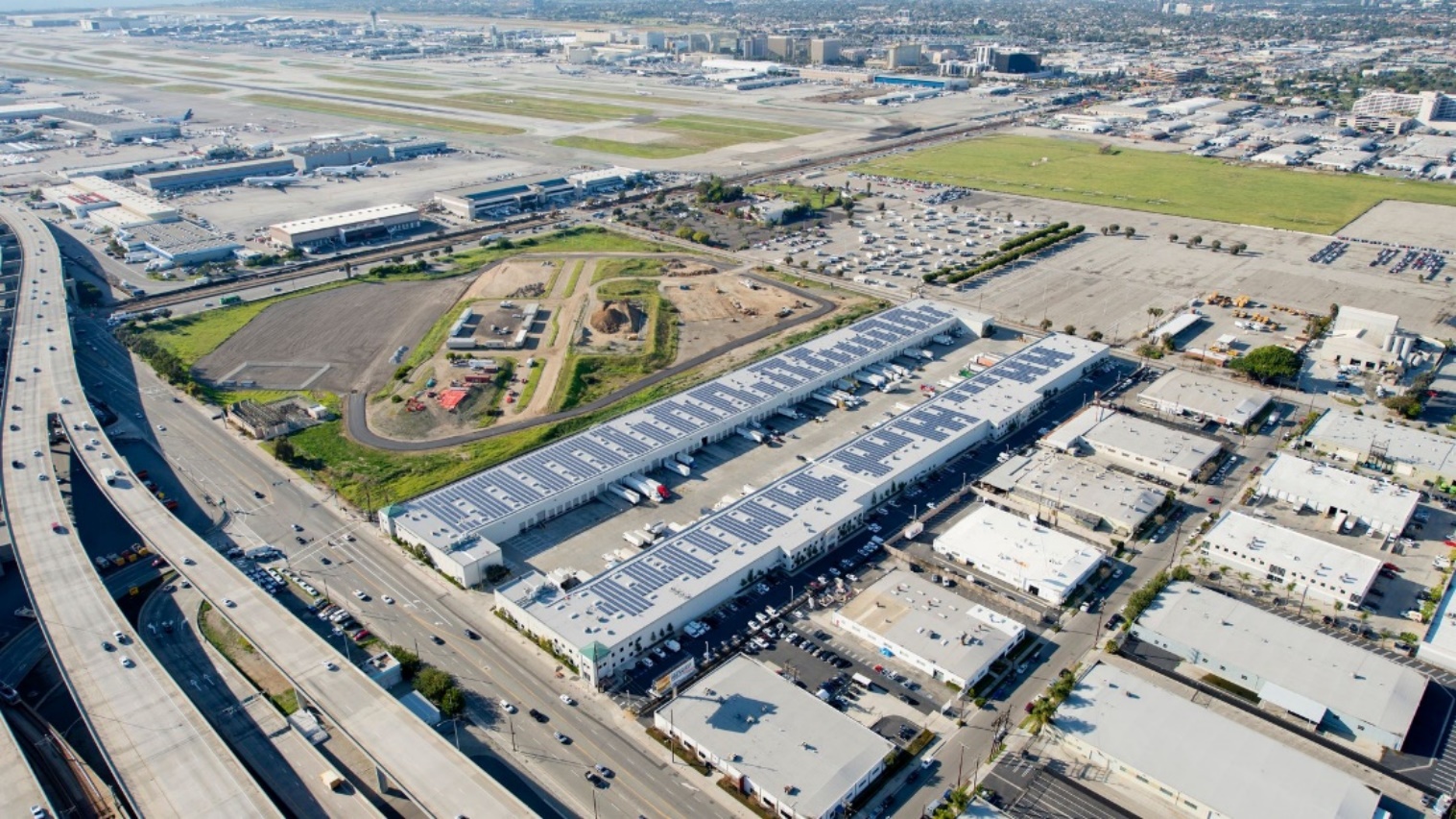
Unexpectedly Turn the Corner, How Has Prologis Thrived the Covid-19?
In Strong Position to Take Over 2020 Downturn
Let us look at San Francisco–Prologis’s first-quarter operating performance, which shown that the firm entered the downturn caused by COVID-19 in a solid position. Net earnings per diluted share were $0.70 for the quarter compared with $0.55 for the first quarter of 2019. Core funds from operations per diluted share were $0.83 for the quarter compared with $0.73 for the same period in 2019. There was no promote income earned in either period.
“We entered the COVID-19 crisis in a position of financial strength” said Thomas S. Olinger, the chief financial officer of Prologis. “We have significant liquidity as well as investment capacity and our dividend are well covered. Additionally, we have effectively addressed our consolidated maturities until 2022, we have insulated our earnings from FX movements through the next three years and more than 95% of our equity is in US dollars.”
Hamid Moghadam, CEO of Prologis, echoed that sentiment, indicating that Prologis is riding out this challenging period with a strong portfolio.
“Our strong first-quarter operating performance is a result of our long-term focus on the world’s top consumption markets,” said Moghadam. “While the current environment is challenging, we are well-prepared. We have confidence in our team, our strategy, and in the strength of our portfolio.”
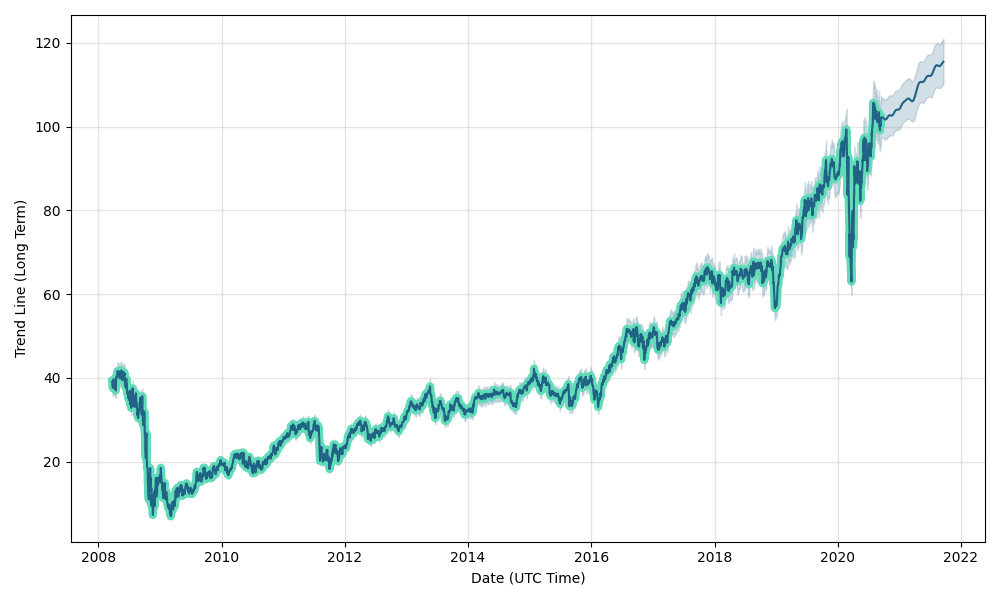
Not a friendly REIT, Prologis is Buying Over and Challenging Many of Its Rivals
Late 2019, as Amazon started gobbling up failed malls. Prologis and Blackstone saw that as race to dominate in the ever-faster e-commerce delivery. Together, the two companies have inked warehouse acquisitions worth more than $38 billion in 2019. More than 40% of that total comes from a pair of deals announced in the previous month. When the most recent transactions close, Blackstone and Prologis will own nearly 1.1 billion square feet of warehouse space in the U.S., more than the next 14 largest owners combined, according to data compiled by CBRE Group.
Not enough for the beast, by November Prologis continues to buy Liberty Property Trust for $9.7 billion, adding 107 million square feet of space in markets including Chicago and Houston. It was the third time in the last 18 months that Prologis has swallowed up a competitor, following deals for Industrial Property Trust and DCT Industrial Trust – a rival whose significant size and fabulous property in Chicago and West Southern California, Prologis has always had craved for.
Even people whose businesses are running low keep their inventory in Prologis’s buildings. According to its CEO, Hamid Moghadam on a Fox interview “2.5% of global GDP goes through our billion square feet around the world.” What a digit! They are even running ahead of last year, apparently, their role is crucial to the supply chain.
What are Those Tricks Prologis Pulling?
Amazon and Walmart are investing billions to automate warehouses and accelerate delivery times, in part to help deliver on pledges they’ve both made this year to get millions of orders to customers’ homes in just one day. Before that demand, many logistic houses are racing to eat up this oversized deal. As one of the top-tier warehouses, Prologis is not an exception.
A “Good” Landlord with The Latest and Ultimate Scheme for Best Customer Experience
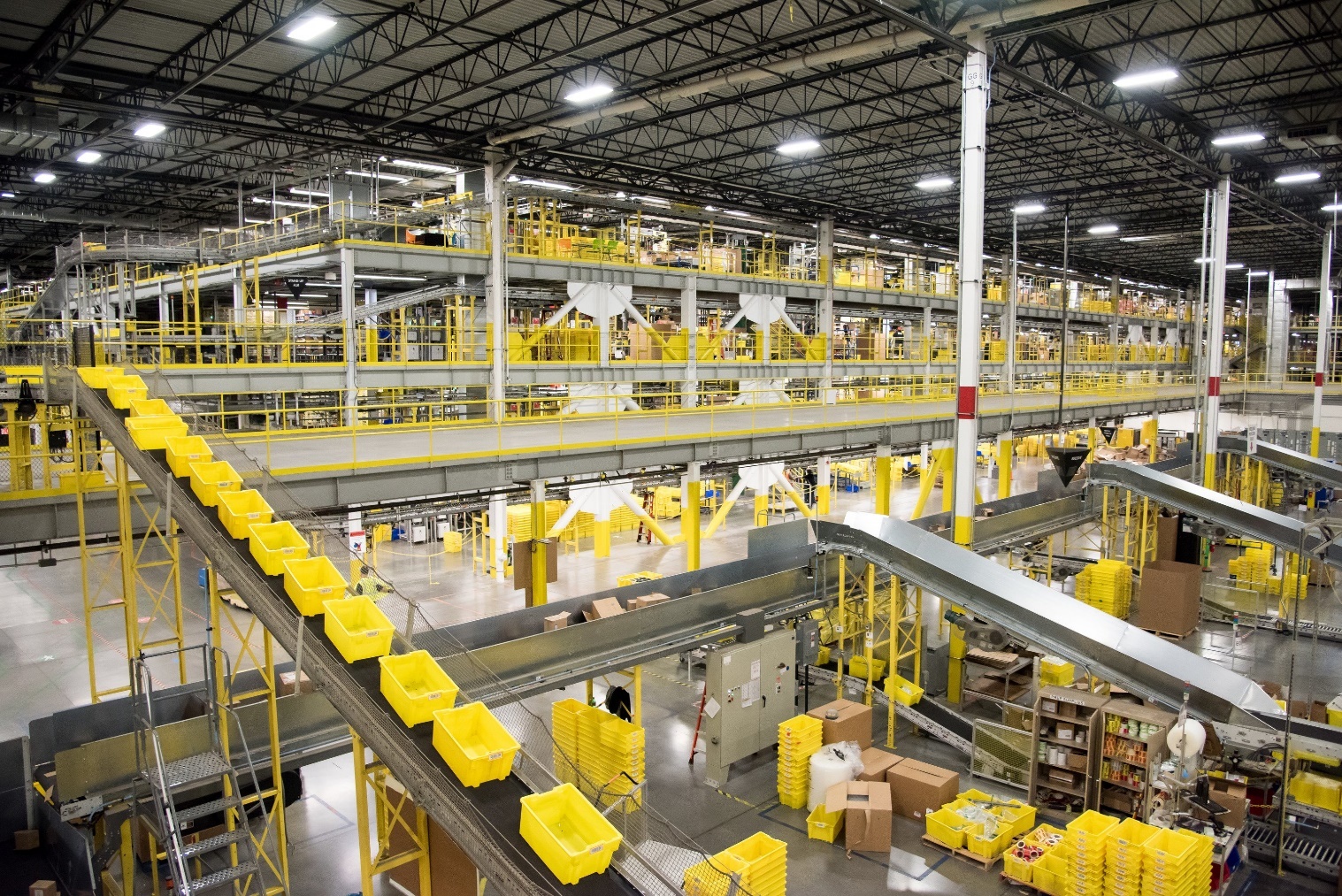
To support Amazon’s aggressive push for speed (two-day and same-day delivery), as its peer Prologis has no choice but to emulate. Delivering a product within one day means that the product has to be located very close to a customer. In large population centers, where the most concentrated demand is going to be, it can be hard to find affordable property for any type of building, let alone a big box to store stuff. This is problem number one.
However, once you have found a location, you come upon problem number two — the old warehouse model does not work so well in densely populated areas. The typical warehouse is a massive one-level structure with a huge array of shipping docks and parking areas. That is just not practical in a city.
Answer an CNBC interview, Prologis CEO Hamid Moghadam claimed: As serving from little to heavyweight customers like Amazon and XPO Logistic, Prologis is a “good landlord” and it is helping customers in many ways with the latest re-engineering customer experience scheme. Which is according to Hamid, “making it easier for goods to move in, utilizing the space more efficiently, and especially the data side”.
New Weapon in the Competition, What Is This Hot Scheme All About?
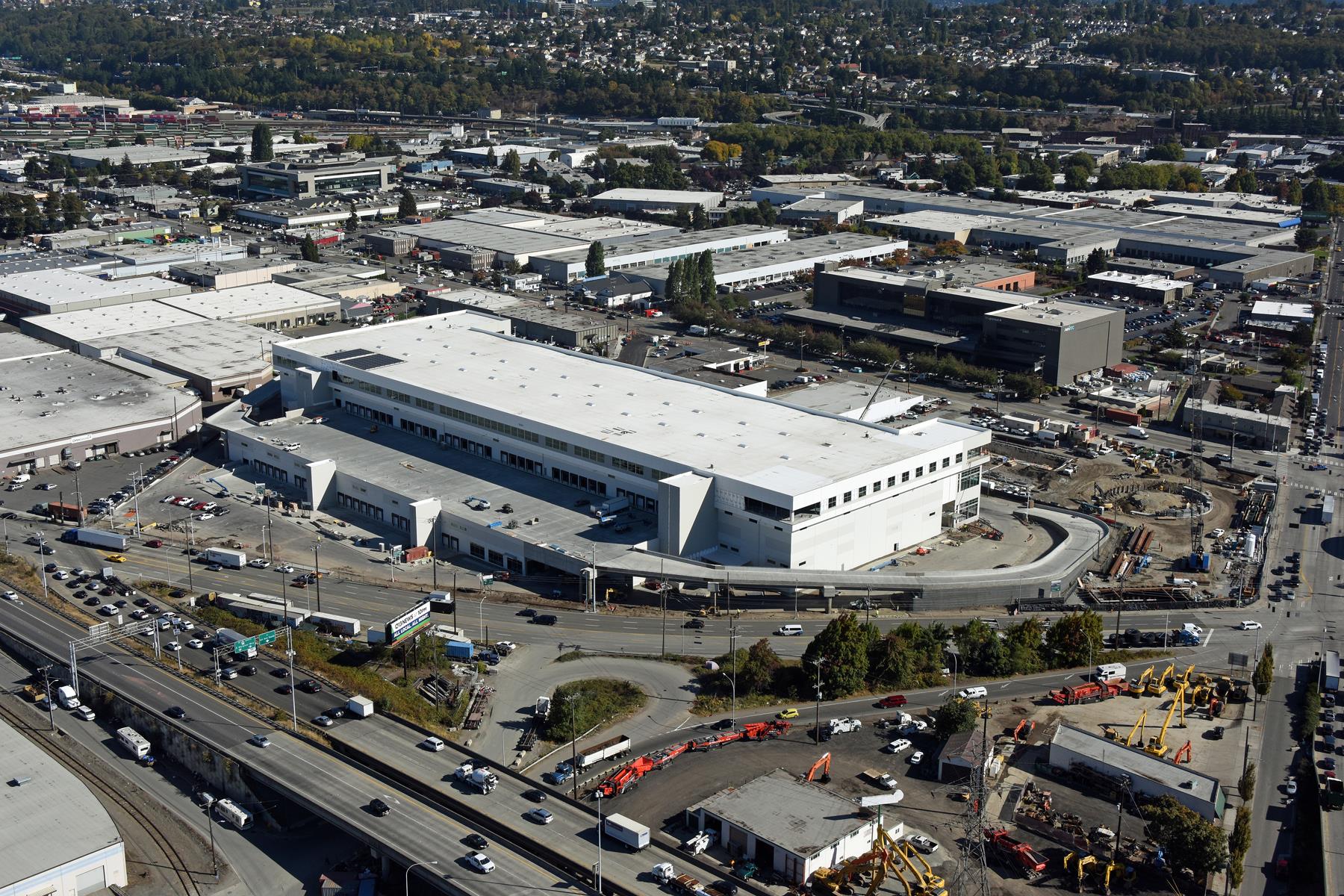
Giant Prologis has constructed the nation’s first multi-story industrial warehouse, a three-level, 590,000 square-foot facility located minutes from downtown, near the Port of Seattle, and close to multiple rail nodes. Regarding its warehouse’s design, the bottom two levels are dedicated for fulfillment. The first floor, occupying more than 239,000 square feet, has a 28-foot clear height, 130 truck courts, and 60 truck aprons. The second floor, with more than 170,000 square feet, has a 24-foot clear height and an elevated 130-foot court served by two ramps that can accommodate big rigs. Level 3, at more than 180,000 square feet, has a 16-foot clear height and two loading docks supported by three forklift-accessible freight elevators. The floor has been designed for office, manufacturing, and light warehousing use, but not for heavy-duty fulfillment. The Seattle facility may be the first of its kind in America, but it will not be the last.
Quickly adapt in the Digital Transformation Race
The technological revolution that’s taking place in logistics real estate is a fact – and introducing new solutions to create better customer service is a must. To keep the pace Prologis just launched Smart Metering- a new mobile application. Synchronization with the smart metering system allows our customers to remotely read and monitor all utility meters in their facilities.
How does it work? After downloading the app and inputting usernames and passwords, customers can monitor their consumption of electricity, water, and gas, as well as measurements of temperature and humidity levels in their warehouse, from anywhere in the world. And that’s not all! In addition to data monitoring, with one click customers can set limits on consumption and receive alerts when defined levels are breached.
The modules of the app also enable our customers to conveniently analyze their data, including via statistics on utilities consumption over a selected period of time or maps of heat consumption in the warehouse. This makes it possible to determine future utility costs on a daily basis and to budget accordingly – especially important at peak times and seasons.
What do customers benefit from this app?
- Current readings of all remote and manual meters from the perspective of the last 24 months
- Managing utilities consumption and analyzing operations carried out in the warehouse
- Access to detailed financial data related to utility costs with the annual balance of accounts
- Control of temperature, humidity and pressure levels, and many other additional parameters when equipped with additional modules
The Bottom Lines
2020 might be a bad year, but not so at all for real estate investment trust (REIT) owners. Their business is indeed vital to the supply chain, all kinds of goods from medical to grocery, through the mean of e-commerce has nonstop increased and demanded for more space. E-commerce now is a big tailwind for the business.
Especially Prologis, with the aggressive strategy on territory expanding, tech innovation, plus its deep-rooted profile and worldwide net portfolio in such industry -that is how Prologis manage to take over the market.









